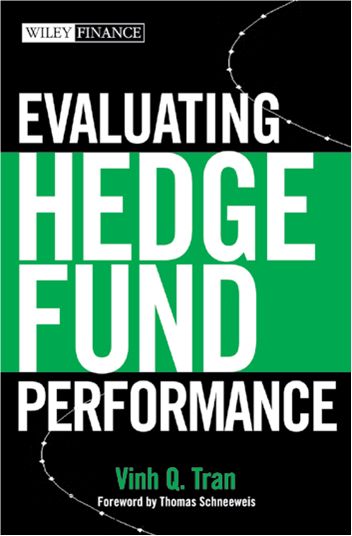August 3 – The temperature soared to oppressive levels but stocks enjoyed a great month. In July, the S&P 500 surged 7%. Except for the bounces from the March 2009 bottom, it has been years since the market saw such elevated returns. A casual observer could understandably conclude that all is well on the mend for the economy.
Even the spate of statistics pointing to a weak recovery and increasing odds of a double dip and deflation has so far failed to stop the rally. To top it off, equities staged a strong gain of over 2% on the first trading day of August, riding on the falling dollar, higher energy prices and strong price action from Europe. Aiding the upbeat tone, the ISM index showed a larger-than-expected gain for July.
However, trading volume was low on this day, only 7.6 billion shares, well below last year’s estimated average daily average of 9.6 billion.
When the market is thin with traders and money managers taking vacation from the heat of summer, a bit of good news can go a long way to cause exaggerated moves –and vice versa. Remember losses of almost 10% in the last two weeks of June? In the words of one strategist, it has been a “meat grinder”; before the August 2 run, the S&P 500 barely broke even for the year.
Soon the earnings season will be over and the stock market will have to deal with the economic reality of weak growth, high unemployment and rising fiscal imbalances at state as well as federal levels.
Already the economic recovery has been sub-par. After growing at a revised 3.7% in the first quarter, GDP growth has slowed to 2.4% in the second, well below the 6% average in past recoveries. We now know that the recession was worse than had been reported, knocking 4.1% off GDP between December 2007 and March 2009. By now, if the recovery were similar to previous averages, GDP should have already well surpassed the 2007 peak; but it is still 1% below. With the stimulus program fading away, the economy may slip back into a recession in the second half as some fear. As former Fed Chairman Alan Greenspan put it, “We’re in a pause in a recovery, a modest recovery, but a pause in the modest recovery feels like a quasi- recession.” Consumers seemed to feel the same way. The Michigan Consumer Sentiment Index was down sharply in July, to 67.8 from 76.0 in June, wiping out all the gain recorded since last July. The Expectations Index dropped to the lowest level since the market bottom in March last year. It is no wonder that consumers have reined in their purchases. In the first quarter, consumer spending rose at a faster pace than the growth in income. It then screeched to a halt in the second quarter, registering no growth. In June, income also was flat, the weakest showing in nine months.
This economic outlook will not be enough to drive equities to sustainably higher levels.
GDP statistics also reinforced what the Consumer Price Index has been telling us for months: inflation has been slowing to dangerous levels. As reported by the Bureau of Economic Analysis, the price index for domestic purchases rose only 0.1% in the second quarter, versus 2.1% in the first. Excluding food and energy, the core price index increased 0.9%, decelerating from 1.6% in the first quarter. A slowing economy can only increase the deflationary pressures.
Equity markets will not react kindly to the convergence of these headwinds: Weak economy in a deflationary spiral.
That’s why it is imperative that the Fed retains its zero rate policy for a long time to come, coupled with other measures to keep pumping liquidity into the system. The question is, Will these measures be enough to avert a Japanese-style economic malaise?


